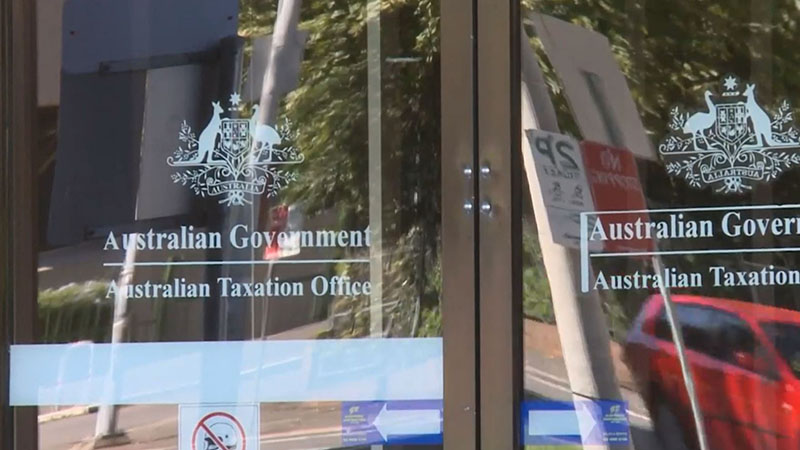ATO flags top errors to avoid for SMSF annual returns
The Australian Taxation Office (ATO) has warned of the most common errors it wants SMSFs to avoid in the upcoming lodgement of SMSF annual returns.
The ATO has listed the top mistakes that are identified in the lodgement of annual SMSF returns in the coming date of 28 February, with tips to better prepare for lodgement.
This comes as the ATO has launched a new compliance campaign aimed at driving the lodgement of SMSF annual returns as it chases 80,000 late returns.
1. Not including a bank account in the fund and not valuing SMSF assets at market value
ATO stated that a common mistake it continues to see is not including a bank account in the fund’s name to manage the SMSF operations and to accept contributions, rollovers of super and income from investments.
“You need to report this account when lodging your SAR. The account must be separate from your trustees’ individual bank accounts and any related employers’ or advisers’ bank accounts,” the ATO said.
“This will protect your fund’s assets and ensure super payments can be made to your SMSF.”
In regard to SMSF assets, the ATO stated it will need to be reported at market value as of 30 June to prepare the fund’s accounts, statements and SAR.
“If you follow our valuation guidelines, we’ll generally accept the valuation you provide,” the ATO said.
“Accurate asset valuation is important to ensure your SMSF retains its complying fund status. Penalties may apply for inaccurate valuations as these can have an impact on your members’ balances.”
2. Trying to lodge with zero assets and having an incorrect ESA
The ATO said another common error it found was funds lodging with zero assets.
“An SMSF is not legally established until the fund has assets set aside for the benefit of its members. We won’t accept a SAR from an SMSF that has no assets unless the fund is being wound up,” the ATO said.
“If this is your SMSF’s first year and you have no assets set aside for the benefit of your members, you can ask us to either cancel your fund’s registration or flag the SMSF’s record as return not necessary (RNN).”
The ATO said for errors made in the electronic service address (ESA), an ESA allows an SMSF to receive electronic remittance advice and contributions if it has members receiving super from non-related employers.
“Therefore, it’s not an email address or the contact details of the SMSF messaging provider which is a common mistake seen in lodgement,” the ATO said.
“An ESA consists of alphanumeric characters with a combination of upper and lower-case characters and is case-sensitive.”
3. Incorrect or no auditor details in SAR
Having correct auditor details in place during the SAR will also be important to not overlook, according to the ATO.
“Your SMSF must have its financial statements and records audited each year by an approved SMSF auditor prior to lodging the SAR. The approved SMSF auditor must be appointed no less than 45 days before your SAR is due,” ATO said.
“Make sure you receive a copy of the audit report before you lodge your SAR and report the correct auditor details on the SAR including the SMSF auditor number, name of auditor and the date the audit was completed.”
The ATO warned if funds lodge their SAR without approved SMSF auditor details, it will be suspended and not recognised as a lodgement.
“This will impact the complying status of the fund until the SAR is lodged with the required information,” the ATO said.
“If the auditor details are incorrect, you may also be penalised for making a false and misleading statement.”

Tony Zhang
Tony Zhang is a journalist at Accountants Daily, which is the leading source of news, strategy and educational content for professionals working in the accounting sector.
Since joining the Momentum Media team in 2020, Tony has written for a range of its publications including Lawyers Weekly, Adviser Innovation, ifa and SMSF Adviser. He has been full-time on Accountants Daily since September 2021.








